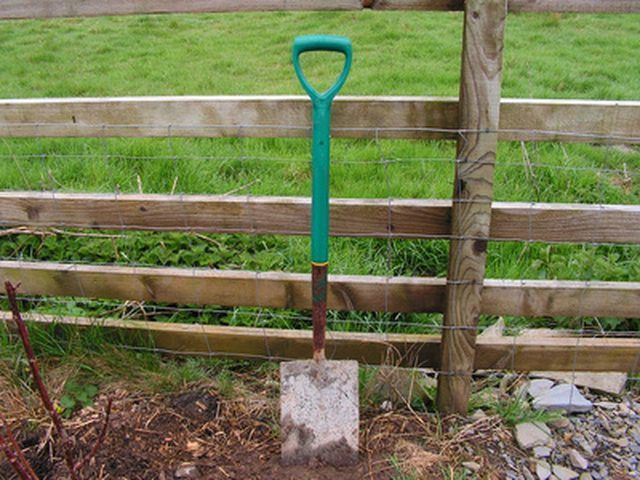Bulbs
Flower Basics
Flower Beds & Specialty Gardens
Flower Garden
Garden Furniture
Garden Gnomes
Garden Seeds
Garden Sheds
Garden Statues
Garden Tools & Supplies
Gardening Basics
Green & Organic
Groundcovers & Vines
Growing Annuals
Growing Basil
Growing Beans
Growing Berries
Growing Blueberries
Growing Cactus
Growing Corn
Growing Cotton
Growing Edibles
Growing Flowers
Growing Garlic
Growing Grapes
Growing Grass
Growing Herbs
Growing Jasmine
Growing Mint
Growing Mushrooms
Orchids
Growing Peanuts
Growing Perennials
Growing Plants
Growing Rosemary
Growing Roses
Growing Strawberries
Growing Sunflowers
Growing Thyme
Growing Tomatoes
Growing Tulips
Growing Vegetables
Herb Basics
Herb Garden
Indoor Growing
Landscaping Basics
Landscaping Patios
Landscaping Plants
Landscaping Shrubs
Landscaping Trees
Landscaping Walks & Pathways
Lawn Basics
Lawn Maintenance
Lawn Mowers
Lawn Ornaments
Lawn Planting
Lawn Tools
Outdoor Growing
Overall Landscape Planning
Pests, Weeds & Problems
Plant Basics
Rock Garden
Rose Garden
Shrubs
Soil
Specialty Gardens
Trees
Vegetable Garden
Yard Maintenance
Peat Moss Facts
Peat Moss Facts. Peat moss---often sold in bales at gardening and home improvement centers---is a product that is useful for improving soil's water retention and aeration. Peat moss is made from sphaghum moss found in wetlands. It is a natural and organic way to improve a garden's soil.

Peat moss---often sold in bales at gardening and home improvement centers---is a product that is useful for improving soil's water retention and aeration. Peat moss is made from sphaghum moss found in wetlands. It is a natural and organic way to improve a garden's soil.
Origins
Peat moss is made from sphagnum moss that has partially decomposed. It is considered to be a sustainable resource. It is harvested from bogs and fens (also called peatlands) in areas that allow for weather that is conducive to drying the moss. Peat moss acts as a sponge; this allows it to hold water in areas where drainage might be prohibitive to plant growth.
Harvesting
Peat moss is harvested from peat bogs when it is considered to be "weakly decomposed." The moss is dried through the use of drainage ditches, the wind and the sun. It is then milled in order to remove the top layer of moss. The lower layer of moss is harvested with vacuum harvesters or other equipment and then is sent to a plant to be processed. At the plant, it is screened, packaged and then distributed.
Benefits
Peat moss is a natural way to increase absorbency in soil that would otherwise allow water to escape. The structure of peat moss also allows for aeration in the soil, thus preventing compaction and encouraging plant growth. The nature of peat moss reduces water waste and is an organic material.
Sustainability
Peat moss will re-establish itself in approximately five to 20 years with a growth rate of approximately 2 mm of growth per year. There has been some debate about the fragility of the ecosystems that exist within peatlands. Currently, there are regulations that require peat harvesters to turn the peatlands into restored wetlands.
Misconceptions
Some gardeners have developed concerns about handling peat moss due to the potential of a skin infection called Cutaneous Sporotichosis. This fungus has been found in spaghnum moss, but has yet to be found in peat moss; peat moss is a dead material, which is thought to be inhospitable to the Sporotichosis fungus.